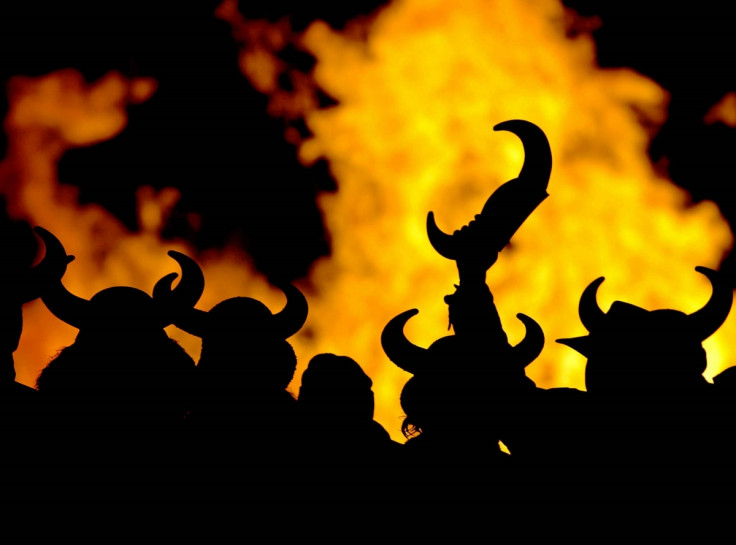Vikings raided Europe because they couldn't marry back home
Access to women may be one of the main reasons why Norsemen raided Europe.

Arriving on their longships from Scandinavia, Vikings conducted spectacular raids in Europe from the eighth century. The phenomenon has never ceased to fascinate historians although they are still puzzled by its causes. The latest hypothesis is that many young Norsemen went on raids to improve their prospects of marrying, as polygyny (a form of polygamy in which a man has more than one wife) in their native societies made it hard to find partners.
Over the years there has been quite a lot of speculation about the origins of Viking raiding. Multiple potential causes have been identified, as described in a 2008 paper by James Barrett, from the University of Cambridge. The most likely are climate change, the improvement of sailing technologies to travel to Europe, increased population pressure, the political weakness of neighbouring kingdoms and ideology.
The new study, published in Evolution and Human Behaviour, sheds light on another factor: the practices of polygyny and concubinage among vikings and the resulting skewed operational sex ratio (the ratio of males to females who are ready to mate in a population at a given time).
The authors explain how a biased operational sex ratio in Norse communities may have motivated men to obtain status, wealth, and female captives by engaging in raids.
Deeply rooted practice of concubinage
The idea that patterns of male-female relationships drove Vikings raids is not new: the History of the Normans by Dudo of St. Quentin (c. 965-1043) already mentioned that raids were caused by an excess of unmarried young men.
Many present-day researchers have developed this idea further. The authors of the new study have used some of the concepts discussed by Joseph Henrich from Harvard University. "Henrich highlights a number of the potential negative consequences of polygyny, and one of those consequences is risky behaviour by young men – which seemed to be a pretty good description of Viking raiding", author Mark Collard, from Simon Fraser University, told IBTimes UK.

To test this idea, Collard and colleagues analysed a variety of archaeological data as well as written sources such as the Sagas of Icelanders, which describes events from the 9th-11th centuries, when many Scandinavians were still pagans - although these texts were written much later.
"Sagas were written down quite a long time after the first 'pulse' of raiding and after the Icelanders' conversion to Christianity, which means that their descriptions of those events have to be treated with caution. However, 'treated with caution' is not the same as 'can't be relied on at all'. We are of the view that they can actually be quite informative when they are cross-referenced with each other and with the available archaeological evidence," Collard says.
There is evidence to confirm that polygyny and concubinage were deeply rooted in Viking culture. For instance, the Saga of Harald says 9th century Norwegian king Haraldr hárfagri has numerous wives and concubines.
Looking for captives
These practices would have led to an imbalance between the sexes, with high-status vikings monopolising all the women and leaving other men to compete. In the Saga of Eric the Red, which describes the Viking settlement of Vinland, a number of fights are said to have arisen as men who had no wives had tried to take those of married men.
Polygyny meant young, low-status Vikings would have struggled to marry, unless they were willing to engage in risky behaviours such as raiding to increase their wealth and status. Raiding would also have satisfied their sex-seeking behaviours by providing them with female captives.

Different lines of evidence support this. For example, boat graves from the mid-eighth century suggest raiding parties were comprised mostly of young men. Skeletal remains indicate the men were between 18 and 45 – most of them in the younger age groups.
Additionally, researchers have discovered that people who were captured on raids were mostly women. Recent DNA work suggests that the Viking female population was dominated by Celtic women, while the male population was largely Norse, giving credit to the theory that they were taken as wives, whether this was consensual or not.
"Iceland's founding population comprised Norsemen and women from Britain and/or Ireland. It would be useful to test this hypothesis further by examining ancient DNA from Viking-Age skeletons. The same could be done with Scandinavian skeletons. Analyses of heavy stable isotopes preserved in skeletal tissues could also be useful," Collard concludes.
© Copyright IBTimes 2025. All rights reserved.






















